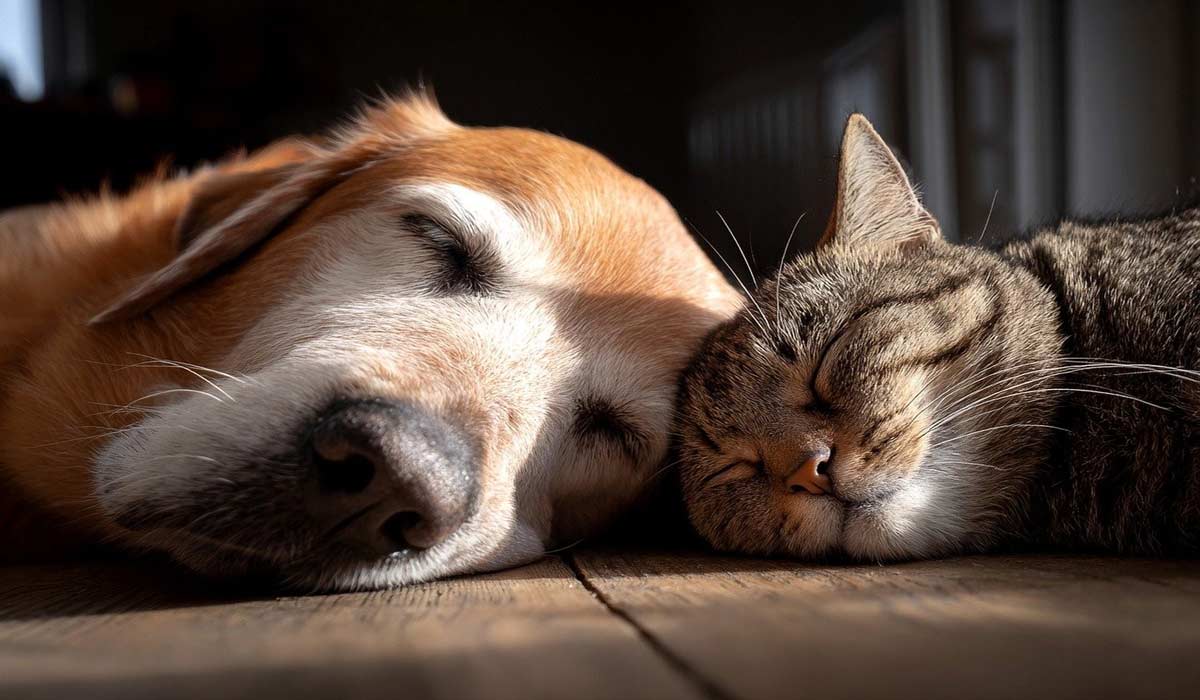Born in a Dutch veterinary and equestrian family and specialised as an equine surgeon and sports medicine specialist, I decided to change my career to the camels five years ago. After working worldwide as a freelance equine surgeon and establishing my own equine hospital in Colombia, I returned to the Netherlands for several reasons. One day, an unknown person on Linked In asked me to come to Qatar to apply for the medical director of a camel hospital. Camels ? When did I see these animals in my life ? But bored in the equestrian and European world, I took the chance and flew to Doha a few days later. The camel journey was started.
Diving into the camel desert
The camel hospital in Qatar was constructed mainly for racing camels. It is very impressive with state-of-the-art surgery, orthopaedic and reproduction centre, laboratorium, swimming pool for camels, and hyperbaric oxygen chamber with a treadmill (to imitate high altitude training). The minor detail was the lack of veterinary camel knowledge as well as the cultural camel tradition and the possibility of finding it anywhere in literature or courses. I decided to take the job and returned several weeks later. A surprising welcome with a huge film crew following me to the first camel farm. In front of the camera, I did learn camels bite and kick, even when they are on the floor and tied with a rope. But remember, always keep smiling !

Child jockeys replaced by robots
Camel racing is an old tradition in the Gulf States. Child jockeys were used because of their small size and lightness, and camels could run faster. However, it is well established that children were trafficked. These children were then subjected to further extreme maltreatment. Around 2015, child jockeys were banned and replaced by camel robots, the first form of AI (artificial intelligence) in camel racing. Camels can run at speeds up to 65 km/h in short sprints, and they can maintain a speed of 40 km/h for an hour. It is an incredible speed realising there is nearly any sports medicine or surgery performed to improve the speed and performance of the camel. What a challenge to take on, I love it.

But what about the veterinary part ?
Soon, I realised as a veterinarian, it is not easy for camels to be ridden by robots. As the rider/ jockey of a horse often feels when the horse is irregular or lame, it will stop them on time during training or a race and can give many details to the veterinarian. Besides, a camel is very difficult to handle- not to say it is impossible to perform a traditional lameness exam. Another aspect is the conventional medicine habits, which will be tried before consulting a veterinarian. Logic as there weren’t any scientifically proven veterinary treatments. It is, for example, very popular to cauterise/burn the areas of the camel where they expect the problem to be. Furthermore, they regularly perform blood transfusions as they believe the camel will run faster afterwards. Fractures are treated with kurkuma, honey and camel urine. If a cast is needed, it is prepared with a mixture of eggs- dough and stabilised by a wooden stick. And imagine yesterday, a camel was submitted with an oesophagus obstruction. It turned out it was fed a hard-boiled egg to increase the Calcium. But the egg got stuck in the oesophagus as we could see on the radiograph we took.
Fashion or beauty camels, just like the Paris catwalk
Besides the racing camel there are the beauty camels. The day I visited the King Abdulaziz Camel Festival in Riyadh was another surprising experience. To make the camel more beautiful some owners did inject Botox in the lips, which went viral on the internet the days before I arrived. The camels were excluded, so in my opinion, it was not that shocking. In every beauty contest, regardless of the species, people try to cheat. Think about ear cropping, tail docking in dogs, breeding extraordinary conformations with health issues amongst others. When the media caught me at the Festival, I was put on a special jacket and sunglasses by a movie star while having a live interview regarding this issue.
The nomads of the desert, bedouins and their camels
I frequently went to the desert to learn more about the traditional Bedouins. To know how they live, use the milk of the camels and follow the camels while travelling through the desert. The camel is their navigation with their exceptional memory. The camel can survive months without water due to the water storage in their humps. It is wonderful to see how these animals find their way to water and the sporadic green plants when you can see only sand. These observations you will not learn from books, seeing the camel take the plant with the lips and leave the roots inside the sand. So the plant will grow again, as they know they have to be sparse. A horse will take the complete plant!
Al Hofuf, a new camel hospital for the future
For 1.5 years, I lived in Al Hofuf, Saudi Arabia. I am setting up a state-of-the-art Camel Hospital to provide veterinary services to these lovely animals. Meanwhile, for the construction of this project, I am an invited professor at King Faisal University receiving 3-5 camel cases/ day. The camel industry is very big in this country, especially in this area.

Margreet Voermans
Equine Surgeon (Diplomate ECVS, ACVSMR)
Camel Surgeon & Sports Medicine Specialist.
Co-founder and CEO at Vetsgate



